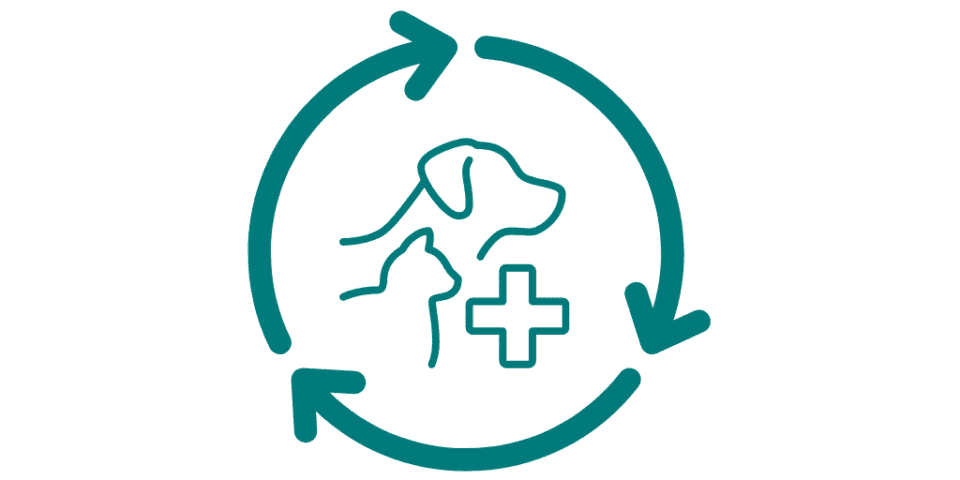
Pharmaceutical process development is not a static undertaking. Regulatory expectations continue to evolve, demanding deeper process understanding, enhanced control strategies, and comprehensive documentation throughout the development lifecycle. For companies aiming to bring new therapies to market efficiently and compliantly, staying aligned with these changes is both a challenge and an opportunity.
At DSI, we work at the intersection of science and regulation, helping clients navigate these shifting requirements. Understanding the changing landscape of pharma process development is essential to building robust, scalable, and regulatory-ready manufacturing processes.
Why the Regulatory Landscape Is Changing
Today’s regulatory expectations are being shaped by several key forces:
- Technological advancement: Innovations like continuous manufacturing and advanced analytics are driving process complexity—and regulatory frameworks are evolving to address them.
- Lessons from quality failures: High-profile issues in product recalls, contamination, or manufacturing inconsistencies have led regulators to demand greater process transparency and control.
- Global harmonization efforts: Agencies like the FDA, EMA, and other international regulators are working toward more aligned expectations through ICH guidance updates and regional compliance initiatives.
The result is a more proactive regulatory model—one that increasingly expects companies to not just meet specifications, but to demonstrate a scientific rationale for how and why their processes work.
Key Trends and Expectations in Modern Process Development
Quality by Design (QbD) Becomes the Norm
QbD is no longer optional for companies seeking to satisfy global regulatory expectations. The approach requires developers to define quality objectives up front, identify critical process parameters (CPPs), and build processes that consistently meet performance targets. Unlike legacy “trial-and-error” development, QbD emphasizes predictive control, risk assessment, and design space exploration.
Companies that integrate QbD early in process development not only align with regulatory thinking but also reduce costly late-stage surprises and accelerate regulatory review.
Integration of Advanced Manufacturing and Analytics
While not mandated, regulators increasingly promote technologies like:
- Continuous manufacturing
- Process Analytical Technology (PAT)
- Real-time release testing
These tools enable tighter process control and enhanced quality assurance. Companies must now be prepared to explain why they have/have not adopted such technologies in their process strategy. The ability to justify those decisions with scientific and business rationale is a new regulatory expectation.
Emphasis on Data Integrity and Documentation
Data integrity is a cornerstone of regulatory compliance. Modern guidance demands validated computerized systems, audit trails, and traceable data flows across all phases of development. Companies must be able to demonstrate how data was collected, handled, and safeguarded.
From lab notebooks to electronic batch records, regulators expect accuracy, completeness, and transparency. Missing data, unexplained deviations, or incomplete records can jeopardize approvals—even if the process itself is sound.
Key Guidelines Driving Regulatory Expectations
Lifecycle Process Validation
Both FDA and EMA now emphasize a lifecycle approach to process validation, comprising:
- Stage 1: Process design
- Stage 2: Process qualification
- Stage 3: Continued process verification
This model requires ongoing monitoring and control of the manufacturing process, not just a one-time demonstration. Development teams must plan for this continuum from the start, embedding systems that support validation throughout the product lifecycle.
ICH Q8–Q12 Series
The ICH guidelines collectively define the framework for regulatory-compliant process development:
- Q8/Q11: How to present scientific understanding of drug substance and product development
- Q10: Building a robust Pharmaceutical Quality System
- Q12: Managing post-approval changes with transparency and regulatory flexibility
For example, ICH Q12 allows companies to establish “Established Conditions” and gain flexibility in post-approval changes—but only if development history and control strategies are well-documented. These guidelines reward companies that embrace structured, science-based process development.
Regional Considerations
ICH harmonization has improved global alignment but regional nuances persist. For example:
- The FDA supports emerging technologies through programs like the Emerging Technology Program.
- The EU emphasizes environmental risk and impurity assessments in specific areas.
- The NMPA in China is actively updating its CMC guidance for greater alignment with ICH.
Companies developing products for global markets must stay alert to these distinctions and adjust their process strategies and documentation accordingly.
Challenges in Adapting to Regulatory Change
Knowledge and Training Gaps
Internal development teams may not be fully aware of new guidelines and how to interpret them correctly. This can lead to deficiencies in documentation or development strategy. Regular training and the involvement of external regulatory experts can close this gap and reduce compliance risk.
Resource Constraints
Implementing QbD, PAT, or robust validation systems can stretch development budgets and timelines—particularly for smaller companies. The key is using a risk-based approach to balance regulatory compliance with development efficiency, focusing resources where they add the most regulatory value.
Legacy Processes and Post-Approval Changes
Older processes developed under outdated expectations may require significant rework to meet today’s standards—especially when expanding to new markets or updating regulatory filings. This can be particularly complex without a forward-looking quality system in place.
Strategies for Staying Ahead
Proactive Regulatory Monitoring
Stay ahead of evolving guidance through dedicated regulatory intelligence or consulting support. Knowing about new expectations early gives development teams time to adapt and align strategies accordingly.
Early Engagement with Regulators
Interacting with agencies through pre-IND meetings or scientific advice sessions allows companies to validate their approach and align with agency-specific expectations early in development.
Partner with Expert CMC Consultants
Consultants like DSI bring broad experience and up-to-the-minute regulatory insight. We help clients refine process development strategies, identify gaps in compliance, and implement QbD principles and documentation systems that meet current and future demands.
Compliance as a Competitive Edge
Pharma process development is evolving, and so are the rules of engagement. The companies that thrive are those that anticipate change, embed quality by design, and build regulatory flexibility into their process strategy.
At DS InPharmatics, we help biotech and pharma innovators stay ahead of regulatory demands. From integrating QbD and lifecycle validation to preparing audit-ready documentation, our CMC consulting services ensure your process development strategy is built for the future.




